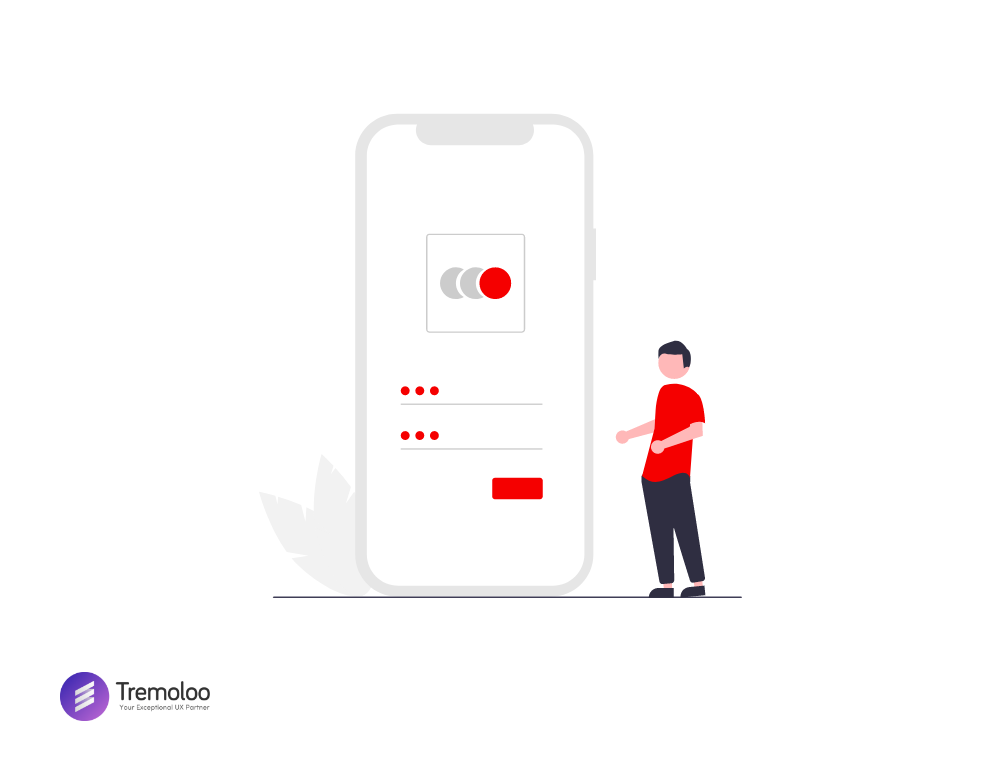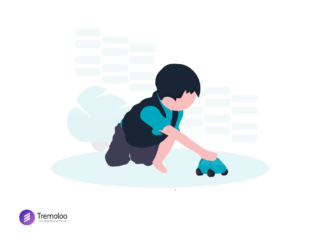
Can you please tell me your name, your email address, and would you please be so kind to come up with a password of eight to 10 characters, including a capital letter, two digits, and 2 special characters?
I’m sure you didn’t enjoy that. It’s an example of a pattern that is popular, yet much dreaded by users: The Login Wall.
Instead of providing the content that the user is interested in, a site or an app asks the user to first create an account or a login. Especially on mobile, it’s common to show a login wall when an app is launched for the first time.
Login Walls are bad because they require significant user efforts. People must remember their information if they have an account or take the time to create a new account. So, companies should use them only if users will benefit significantly from signing in.
Recipe apps, travel sites, e-commerce sites, news sites, and many other types of apps and websites have no reason to ask people to create an account before taking them to content.
On many sites, there is a way to bypass a login wall. A little “X” in the corner, or an unnoticeable skip button, but many users don’t notice these escape hatches.
Users are annoyed to have to enter information before they get a taste of what’s in store for them. When they launch an app or go to a site for the first time, they usually have no idea what is the value of using it. But from thousands of hours of internet usage, they do know that it takes hard work to fill in a form, particularly on mobile, where creating and typing passwords is a pain.
Is the pain worth the gain?
People have to be highly motivated in order to choose to create an account instead of the tempting alternative of deleting the app or moving on to a different site, which is pretty much two touches away.
Reference: https://www.nngroup.com/videos/login-walls/



